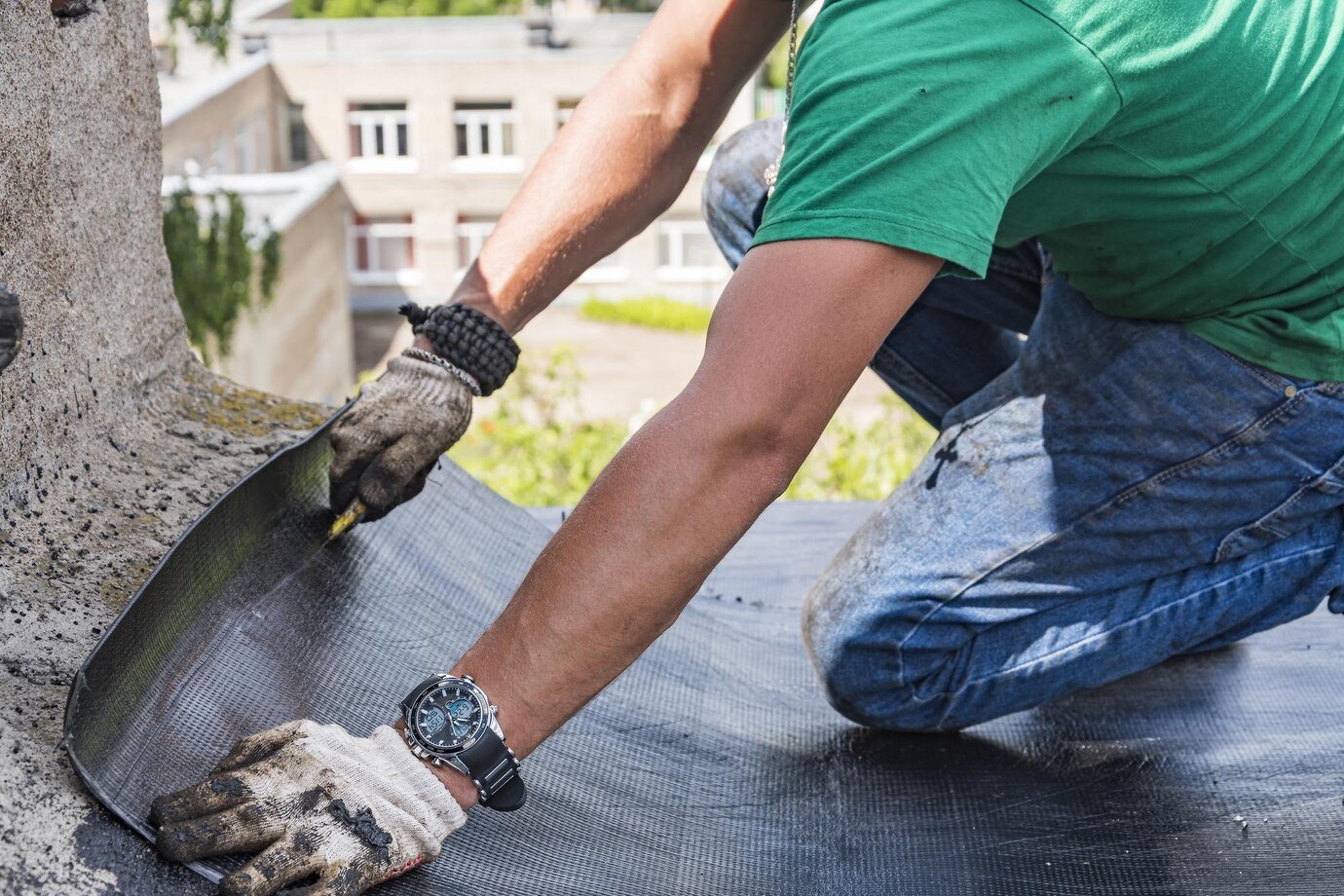Building insulation is a fundamental aspect of construction that focuses on minimizing heat transfer between a building's interior and exterior, ultimately improving energy efficiency and comfort. It achieves this by creating a barrier against heat flow through conduction, convection, and radiation, and by utilizing various insulation materials like fiberglass, cellulose, and foam to create air pockets that resist heat movement.
Insulation materials are used to reduce heat transfer, improve energy efficiency, and provide comfort. Common types include fiberglass, mineral wool, cellulose, foam (polystyrene, polyisocyanurate, polyurethane), and natural fibers. Specific materials like radiant barriers and reflective insulation also exist, offering unique benefits.
Insulation installation techniques vary depending on the type of insulation used, but generally involve fitting insulation material snugly between studs, joists, or other structural elements, ensuring no gaps and proper vapor barrier placement. Common methods include using batts, rolls, spray foam, and loose-fill insulation, each requiring specific installation procedures.
Moisture control and damp proofing both aim to prevent moisture from entering and damaging a building's structure and interior spaces. Damp proofing specifically focuses on preventing moisture from the ground from rising into the building, while moisture control encompasses a broader range of techniques to manage moisture from various sources.
Fireproofing and acoustic insulation are two types of insulation designed for different purposes. Fireproofing refers to materials that can withstand high temperatures and flames, preventing the spread of fire. Acoustic insulation, on the other hand, focuses on reducing noise and sound transmission.
Sustainable and green building treatments focus on designing, constructing, and operating buildings in a way that minimizes environmental impact and maximizes resource efficiency throughout their lifecycle. This includes using eco-friendly materials, implementing energy-efficient systems, conserving water, and promoting healthy indoor environments.
Insulation work can pose health and safety hazards, primarily due to exposure to dust, fibers, and potential chemical irritants. To mitigate these risks, it's crucial to wear appropriate personal protective equipment (PPE), maintain good ventilation, and utilize safe handling techniques for insulation materials.
Practical applications and case studies are essential in education and real-world settings because they demonstrate how theoretical concepts translate into practical solutions and real-life scenarios. Case studies provide in-depth analysis of specific situations, offering valuable insights and lessons. They can help students develop problem-solving skills, understand complex issues, and make informed decisions.





